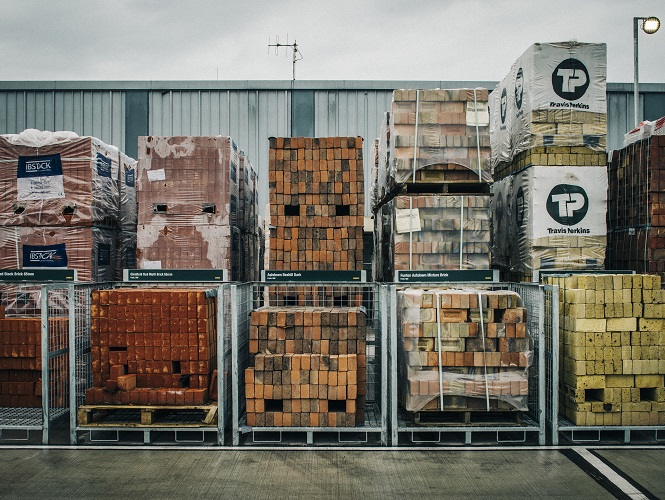Clay Brick Classes
Reading time: 7 minutes
There are around 2bn bricks produced in the UK every year for continual building developments, repairs and other projects. Clay bricks are one of the most visible components of any construction project, and have been for centuries. When thinking about the sheer number of bricks used, it’s good to familiarise ourselves with the different classes of clay brick that are being produced. This can also be useful when talking to one of our branches about brick matching for repair and renovation projects.
Why are there different kinds of bricks?
The reason why we have different brick types is because not all bricks are made the same. We’ll go into more detail in a moment, but the main thing is that some bricks are cheaper to produce because of a more simplified way they’re made, while others are more expensive because of a better production process. To ensure that the wrong brick isn’t used for particular jobs, a grading system has to be introduced. These grades are used for burnt bricks. There are also unburnt bricks.
Unburnt clay bricks
Clay bricks that are unburnt, also called sundried, don’t go through the intense firing of other bricks. They are instead left under sunlight, or conditions that copy sunlight, and dried out that way. This means they aren’t very stable, and have little water or fire resistance. They tend to be used for temporary structures, but are likely to deteriorate over a much shorter time than graded burnt bricks.
Burnt clay bricks
For greater stability and uniform appearance, today’s burnt clay bricks for general use are made to standard sizing. They’re factory-fired to high temperatures to ensure they’re stable enough to be used in more permanent construction jobs. However, because a massive amount of bricks are produced, these can be of different levels of quality. For this reason, we have different brick grades or classes that they’re sorted into.
What are the different brick classes?
There are four different classes of burnt clay bricks that are sorted by quality, class one being the best. As you might expect, the higher the class, the more expensive it is too. This way, by choosing a lower graded brick class you can make budgets go further. Let’s take a look at the specific things that put these bricks into classes, and what they’re used for.
- Class One Bricks
- Class Two Bricks
- Class Three Bricks
- Class Four Bricks
By understanding the different classes of brick, this can help budget construction jobs. For example, you can save money by paying for class two bricks for a hidden masonry wall instead of paying more for class one bricks. If you’ve found this useful, we’re on hand to offer more brick advice right here. Don't fotget to work out how many bricks you'll need for your next building project with our handy Brick Calculator.
Disclaimer: The information contained on this page is intended as an overall introduction and is not intended as specific advice from a qualified professional. Travis Perkins aims to avoid, but accepts no liability, in the case that any information stated is out of date.





